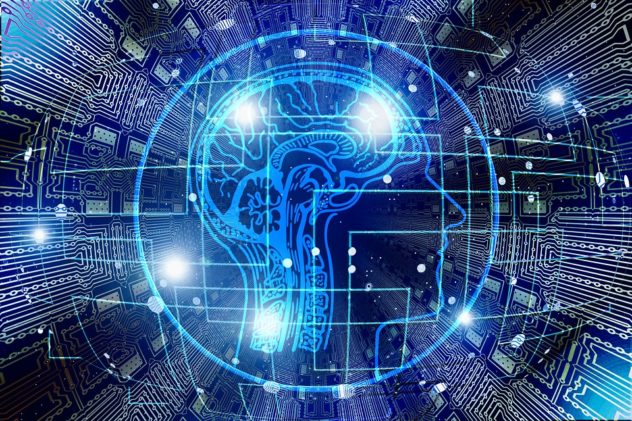Vocabulary:
- virtual /VUR-choo-uhl/
- simulation /sim-yuh-LEY-shuhn/
- mechanism /MEK-uh-niz-uhm/
- electrode /ih-LEK-trohd/
- fluctuation /fluhk-choo-EY-shuhn/
[adjective] can be done or seen using computers or the internet
Realtors recommend interested buyers to check out their virtual tour first before visiting the actual house.
[noun] a model of a real activity, created for training purposes or to solve a problem
Researchers conducted a simulation for the predicted earthquake this month.
[noun] a part of a machine, or a set of parts that work together
The engineers are having difficulties operating the complicated mechanisms of the machine.
[noun] the point at which an electric current enters or leaves something
The experiment required electrodes to connect the electricity into the circuit.
[noun] continual changes between one level or thing and another
sentence
The University of California’s scientists created a computer program that turns brain signals into virtual voice with the help of a brain-computer interface (BCI). This device works out a person’s speech intentions by connecting brain activity to a complex simulation of a vocal tract. Through encoding the movements of lips, tongue, jaw, larynx, and other speech mechanisms, it allowed the computer to translate data into spoken words. This method was proven to be more reliable than matching brain waves to predicted speech sounds. This study was published in a scientific journal, Nature, on April 24, 2019.
Edward Chang, one of the project’s co-authors, said in a press briefing, “It’s been a longstanding goal of our lab to create technologies to restore communication for patients with severe speech disability,” The study worked with five volunteers whose brains were already being monitored for epileptic seizures. Scientists placed stamp-size arrays of electrodes on the surfaces of the volunteers’ brains and recorded the fluctuations in the language-producing region of it as they read several hundred sentences aloud. The computer models will then translate the data into speech. Though the outcome of this study was successful, it will take years of further work before this technology is made available for patients’ use.
Edward Chang, one of the project’s co-authors, said in a press briefing, “It’s been a longstanding goal of our lab to create technologies to restore communication for patients with severe speech disability,” The study worked with five volunteers whose brains were already being monitored for epileptic seizures. Scientists placed stamp-size arrays of electrodes on the surfaces of the volunteers’ brains and recorded the fluctuations in the language-producing region of it as they read several hundred sentences aloud. The computer models will then translate the data into speech. Though the outcome of this study was successful, it will take years of further work before this technology is made available for patients’ use.
True or False:
- Scientists at the University of California invented a computer program that can turn thoughts into spoken words.
- The computer program translates data into speech through looking onto the movements of the lips, tongue, jaw, larynx, and other speech mechanisms.
- Matching brain waves to predicted speech sound is the most reliable method of translating brain waves into virtual speech.
- Edward Chang and the rest of the scientists hope to restore communication for patients with a severe speech disability.
- Patients can already use the computer program and is available in other languages.
Discussion Questions:
- How do you think people will react to the new device that can translate one’s thoughts into spoken words?
- What do you think are the advantages and disadvantages of having a device that can convert one’s thoughts into speech? Please explain your answer.
- Do you think this kind of device should be available for everyone or for patients with speech disability only? Please explain your answer.
- Do you think it is possible for a machine to translate thoughts into words without observing the movements of the speech mechanisms? Please explain your answer.
- Do you think it will be possible for people to have mind-to-mind communication in the future with the help of technology? Please explain your answer.
Express Your Opinion:
- “For people without disabilities, technology makes things easier. For people with disabilities, technology makes things possible.” – IBM training manual 1991
- “Not being able to speak is not the same as not having anything to say.”- Rosemary Crossley
- “Your ability to communicate is an important tool in your pursuit of your goals, whether it is with your family, your co-workers or your clients and customers.” – Les Brown
